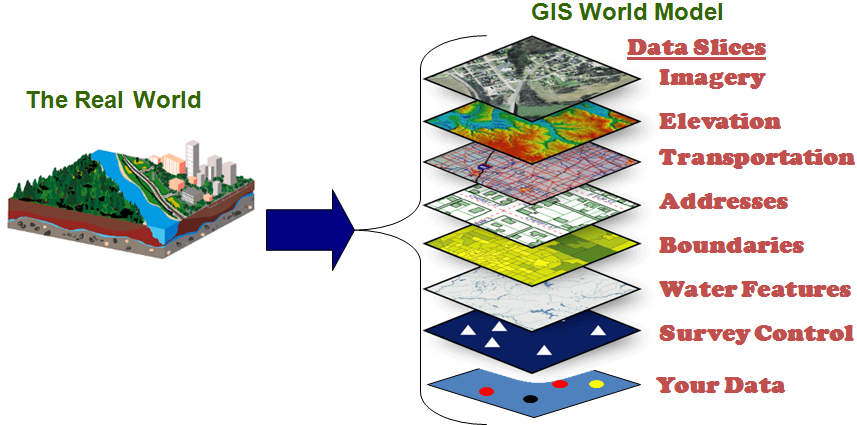Individual submission re: Experience with final project
Find attached: Our final project
GEOB270 FINAL final export
- Summarize the project: your team’s project proposal and goal?
The goal of our team’s project was focused on using GIS maps to display the trends in wildfire across time (the last century) in BC due to climate change factors. Our project proposal included the above as well as plans to observe a few other facets of wildfire in BC, including risk to conservation areas, and the relationship between fires and human presence and access. We also proposed to investigate the spending by government on wildfire management every year, to take an economic look at the issue.
- How did you organize your team (project management)?
One of group members volunteered to construct a plan of how we hoped to divvy up the workload for this project. She came back to us with a list and breakdown of each section of our report and who would do them based on everyone’s strengths and weaknesses. We then discussed as a group whether there were any duties we would rather do or not as they were currently assigned, but worked very efficiently as a group and ultimately felt that everyone had a fair share of the report and would do the best on the sections they were assigned. From here on in, we worked more as a group than someone taking the leadership role, constantly checking in and discussing which maps we were finding the most difficult or easy, and anything any member wanted to add or tweak slightly was discussed first with the group. This may have been the most effective and diplomatic group I’ve worked with this year at UBC!
- What are some interesting things you learned as a result of the process? For example:
- Some facts about the project?
- Some interesting GIS analysis techniques?
- Some facts about teamwork / project management approaches and techniques?
- Some issues or tips around data management on a team?
- Some issues around publicly available data and proprietary data?
In terms of what I learned while completing this project, I learned a lot more than I expected too regarding wildfires in BC. As I’m studying conservation, a lot of classes include basic information about wildfires—however, working with the data and seeing it represented on a map that I have control over taught me many more details about wildfire, as well as made me think of it in new ways, like how much human access to an area can so easily increase the amount of land around there at risk.
One of the analysis techniques I learned more about in this process was Joins and Clips, which one of my other group members taught me much more about. One of the challenges we had was separate sets of data that pertained to the same map, and so joining them together was an interesting process to figure out as we went along. Our team worked extremely well together through this entire process—no one hesitated to just step up and claim a part of the project they felt they could handle, and no one made choices without consulting everyone else. No one was in any way harsh or controlling, and all opinions were heard before decisions were made.
Google drive proved to be our ally in this project, which is where we kept all our data so anyone could access it any time. I also realized over the duration of this project that so much more data is publicly available than I would imagine considering the lack of transparency we see in government recently.
